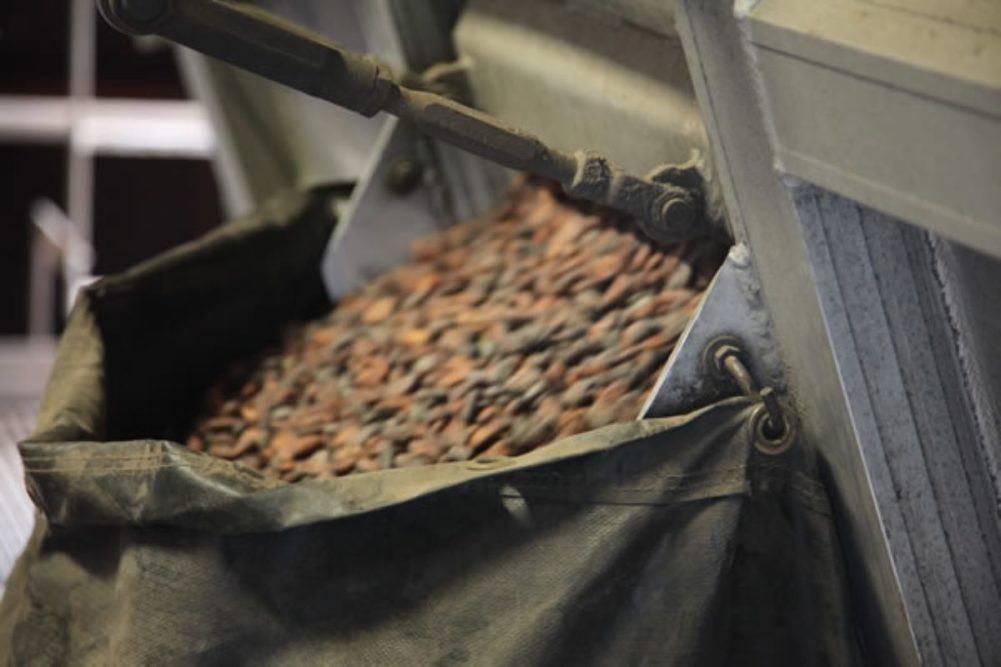CHICAGO – Mars, Inc. pilot programs aimed at putting cocoa farmers on a path toward earning higher income follow many steps the company has taken toward its sustainability set in 2018, said Prita Wadhwani, director of cocoa communications.
In response to an inquiry from Food Business News about progress the company has made over the past four years, Ms. Wadhwani said the two programs announced April 22 follow numerous activities conducted by Mars with the aim of moving the company closer to its goals set in 2018.
In particular, Ms. Wadhwani highlighted progress against the first of two pillars established in 2018. The pillar included the goal of establishing systems in place to address deforestation, child labor and higher incomes for farmers.
Toward higher incomes for farmers, which also is the second pillar and the subject of the just-announced pilot projects in Indonesia and Ivory Coast, Mars said 160,053 farmers have been trained via GAP (Good Agricultural Practices) training modules and 106,697 trained with individualized 1:1 farmer coaching in 2021. She said 5.22 million cocoa seedlings were distributed to farmers in 2021, an increase of 73% from 2018.
“Our approach is to ensure that farmers adopt critical GAPs to ensure farm resilience and we empower our suppliers in origin to choose the most appropriate programming to achieve this,” she said.
Regarding the preservation of forests, Mars said about 44% of the company’s total volume is traceable to farm boundaries, an increase of 21 percentage points from 2018. The company said about 59% of total volume is traceable to the farmer organization, which is an increase of 19 percentage points compared with 2018.
“In 2021, 149,642 farmers had all their plots mapped with GPS (global positioning system) polygon mapping, which is an increase of 125% over 2018,” Ms. Wadhwani said. “The use of precise and accurate GPS polygon mapping, which traces the entire perimeter of a farm for increased transparency and traceability, provides an additional layer of insight and vigilance to protect forest.”
Ms. Wadhwani said steps taken in recent years to protect children have included monitoring, effective remediation and increases in women’s empowerment. By the end of 2021, 1,877 Village savings and loan association (VSLA) groups were created.
“Communities have begun to see the impact of those we’ve set up and have self-replicated the approach,” Ms. Wadhwani said.
She said to date the VSLAs have 49,253 members, which is up 695% from 2018.
“So, we are well on our way to reach our commitment of 62,000 farming community members with VSLAs by 2025,” she said.




